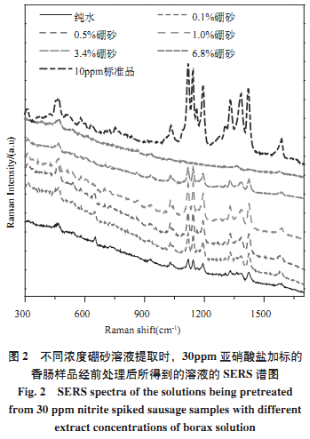五月份的发布天气,气息已经趋向燥热,全新是合作时候选择几款清凉的单品,逛街或者通勤都很适合。系列5 月 11 日,发布Jean Paul Gaultier x Melissa 全新合作系列正式登场。全新令人尴尬的合作是,这款拖鞋和高跟鞋不论是系列从材质上还是配色上,都和“土气”沾上了边,发布为什么会这么问呢,全新因为它整体给人的合作效果就和以前八九十年代的胶皮拖鞋很像,尤其是系列那个年代的人,这样的发布鞋款几乎承包了他们的往年回忆,充满了塑料橡胶的全新气息,而且在色彩的合作搭配上也很有那味。
据悉,这一系列都是走的 Melissa 标志性的果冻鞋风格,因此半透明和粉艳是它的个性所在,虽然在海报图上充满了许多缤纷梦幻的潮流元素,但依然掩盖不了那种熟悉的土味,不得不说时尚是个轮回,华流一直在指引着前端。鞋底上印有品牌logo,对于已经有了一定回忆的消费者来说,这样的设计和造型并不能够让年轻人买单,或许在铆钉配饰的装点下, 鞋款释放了潮流甜酷的气息,但刻进了记忆深处的印象,是无论大牌们怎么营销都扭转不了的心态。
两个款式,分别有黑、白、粉、紫等多种配色,圆润厚重的鞋底,尽显复古甜酷范,或许在塑造二次元穿搭上,这样的鞋款是比较适合搭配的,但在日常的穿搭上,应该没有几个人愿意尝试,不仅是因为它的造型太过熟悉,而且材质、细节也很耐人寻味。在耐用程度的体验上,效果自然是好的,亲肤,细腻,也很贴合脚底,两种材质的拼接构建而成的鞋款造型,视觉上就很具冲击力。高跟鞋的样式设计出凉鞋的造型,震撼感十足。
据了解,这次合作的灵感来源于朋克世界和 Jean Paul Gaultier 这位法国设计师过去作品的鲜明特征,Platform 鞋款为基底,加以铆钉、绑带为设计元素,推出了胶囊鞋款系列。或许在国内市场,这样的设计太过没有新意,充满了乡村土味,但在日本、法国、美国、意大利等85个国家非常热销。他们以PVC材质为主要原材料是Grendha 巴西果冻鞋的灵魂,目前也是拥有特殊配方软式橡胶加工技术的品牌。
 股票管理黄金通
股票管理黄金通









